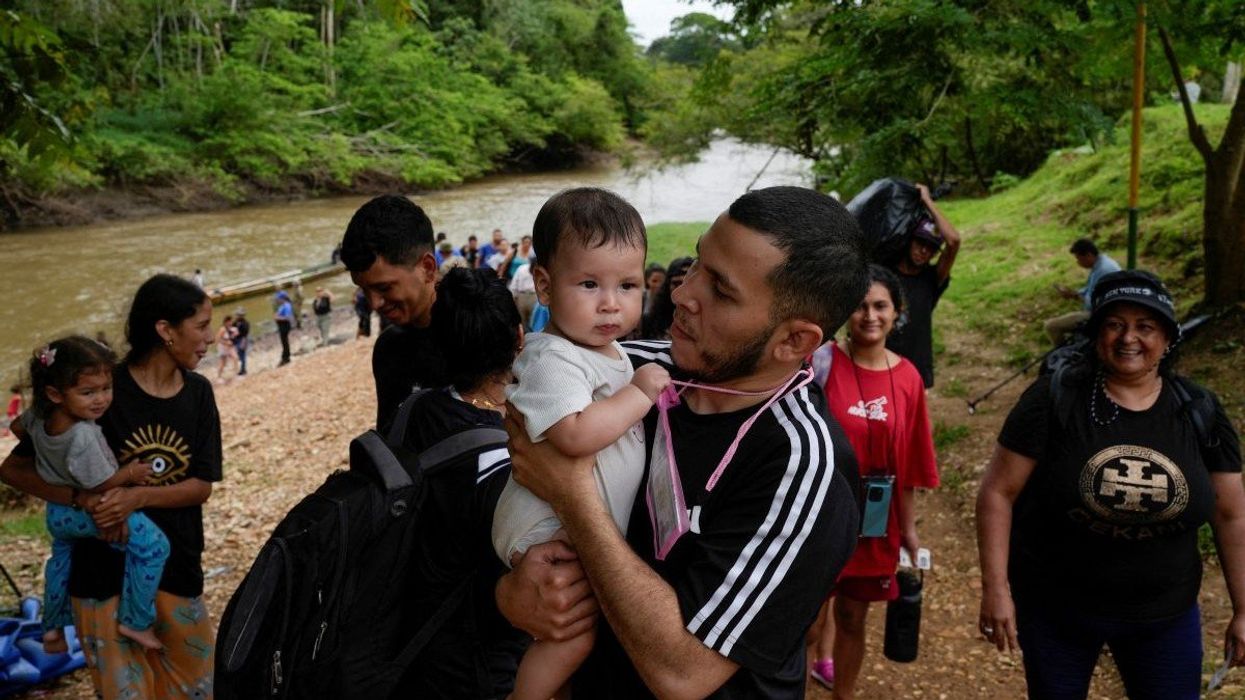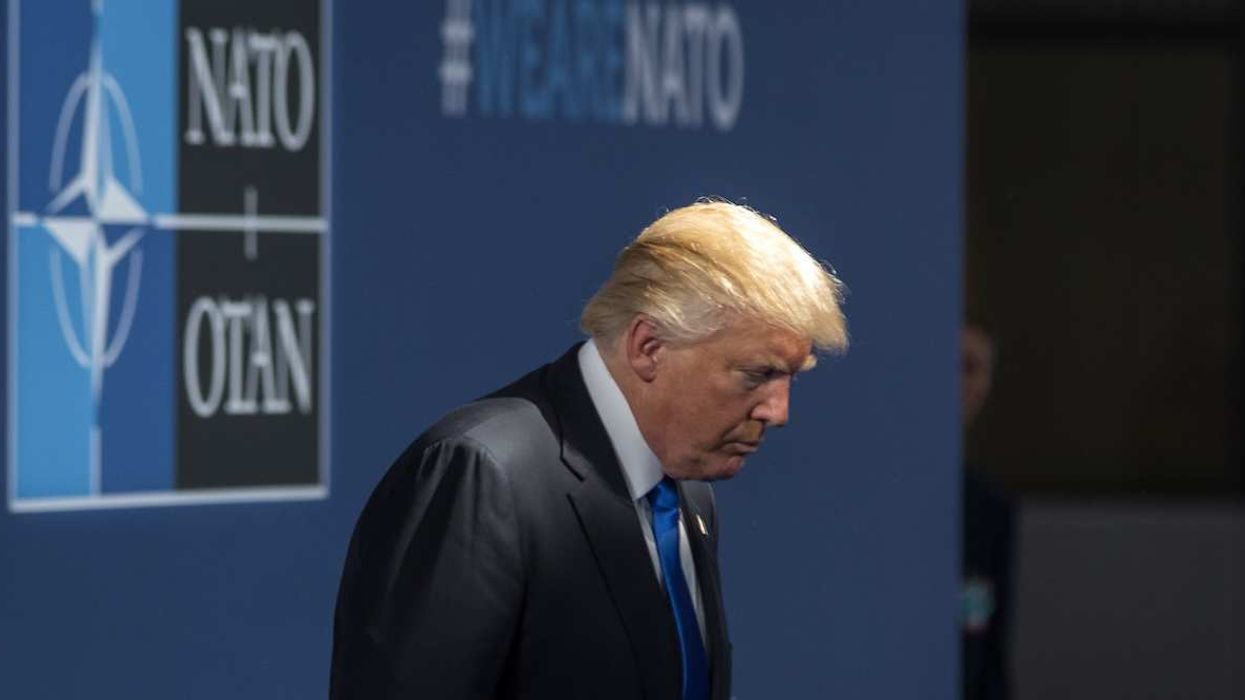COVID-19 case numbers in mainland China have surged to their highest levels since the disease first appeared, posing the biggest test yet for Beijing’s stringent containment policies. Shanghai, the country's largest city, is now under the biggest urban lockdown since early 2020. Also, a recent outbreak that spiraled out of control in Hong Kong, with its scenes of COVID-19 patients on gurneys in hospital parking lots, highlights the stakes for mainland authorities. The timing couldn’t be worse for Xi Jinping, who is preparing to seek a norm-breaking third term as China’s president later this year. We spoke with Eurasia Group expert Allison Sherlock to get a better understanding of how the situation is likely to play out.
How is China leveraging its zero-COVID policy amid a surge of infections?
“Zero COVID” is the term commonly used to refer to the strict approach taken by a small group of mostly Asian countries including China to stamp out the virus, though the Chinese call their policy “dynamic clearing.” It is based on a protocol that local officials follow to test, trace, and isolate cases to get areas with high rates of transmission back to zero new infections. When there is not an active outbreak, authorities are still expected to stay vigilant, quarantining international arrivals (people and even packages), and conducting spot checks for transmission. The central government continues to discipline and even fire local officials who fail to stop outbreaks.
Though much of the world has moved to a so-called “living with the virus” approach to COVID-19 that seeks to avoid the economic and social costs of stringent containment measures, Chinese public health experts believe mass illness and death could result if their country were to do so. While there has been more discussion recently about what that transition would look like, there is fairly strong agreement that now is not the right time.
In Shanghai, where a citywide lockdown is underway to facilitate mass testing, we’ve seen that officials would rather intervene early than risk an outbreak that spreads out of control (fewer than 50 symptomatic cases have been identified in the city as of 27 March).
Why is the Chinese population particularly vulnerable to new Covid outbreaks?
The extended period of zero-COVID policies means that there are low levels of natural immunity among the population, and fewer than half of the over-60s are vaccinated. This is what drove Hong Kong’s healthcare crisis as infected elderly patients overwhelmed hospitals. Though most of the cases reported over the past month in China have been asymptomatic, the concern is that if rates of infection increase, China’s elderly population could be at risk.
Moreover, though Chinese vaccines seem to help reduce the incidence of severe illness and death, their effectiveness in reducing transmission is still unclear. This lack of certainty, paired with the risk of a Hong Kong scenario, is prompting authorities to stick with its current policy, at least until more effective treatments and vaccines are widely available.
What are the politics of the latest outbreak?
Xi will seek an unprecedented third term in office at the 20th Party Congress, which will be held sometime in the second half of the year. He has often touted the success of the government’s strict containment policies in preventing high rates of severe illness and death, so he can’t allow them to break down now. Though there is little risk of Xi losing the necessary political support to secure a third term, a more severe outbreak would be embarrassing and could undermine his ability to promote allies and dominate policymaking.
So, how are authorities likely to react to rising case numbers?
Local authorities will continue to rely on mass testing, temporary localized lockdowns, and restrictions on travel to identify and contain cases. These efforts will probably eventually succeed in halting the recent rise in domestic transmission. But if they don’t, Beijing will not hesitate to deploy more restrictive containment measures to be safe. This creates the risk of a return to more prolonged lockdowns across the country, like in early 2020.
What will be the consequences for China and the broader global economy?
From what we’ve seen over the past two years, COVID-19 containment measures weigh most on sectors that officials have been trying hardest to promote to rebalance the economy: services and consumption. While investment and exports can help pick up some of the slack, the prolonged use of containment measures could keep the leadership from achieving its ambitious economic growth target of 5.5%.
Further disruptions to global supply chains are a risk, although the use of “closed loop management” — essentially bubbles like they used at the Winter Olympics — has helped avoid prolonged closures of major plants and ports. But the success of this approach will depend on cases remaining at low levels.



















